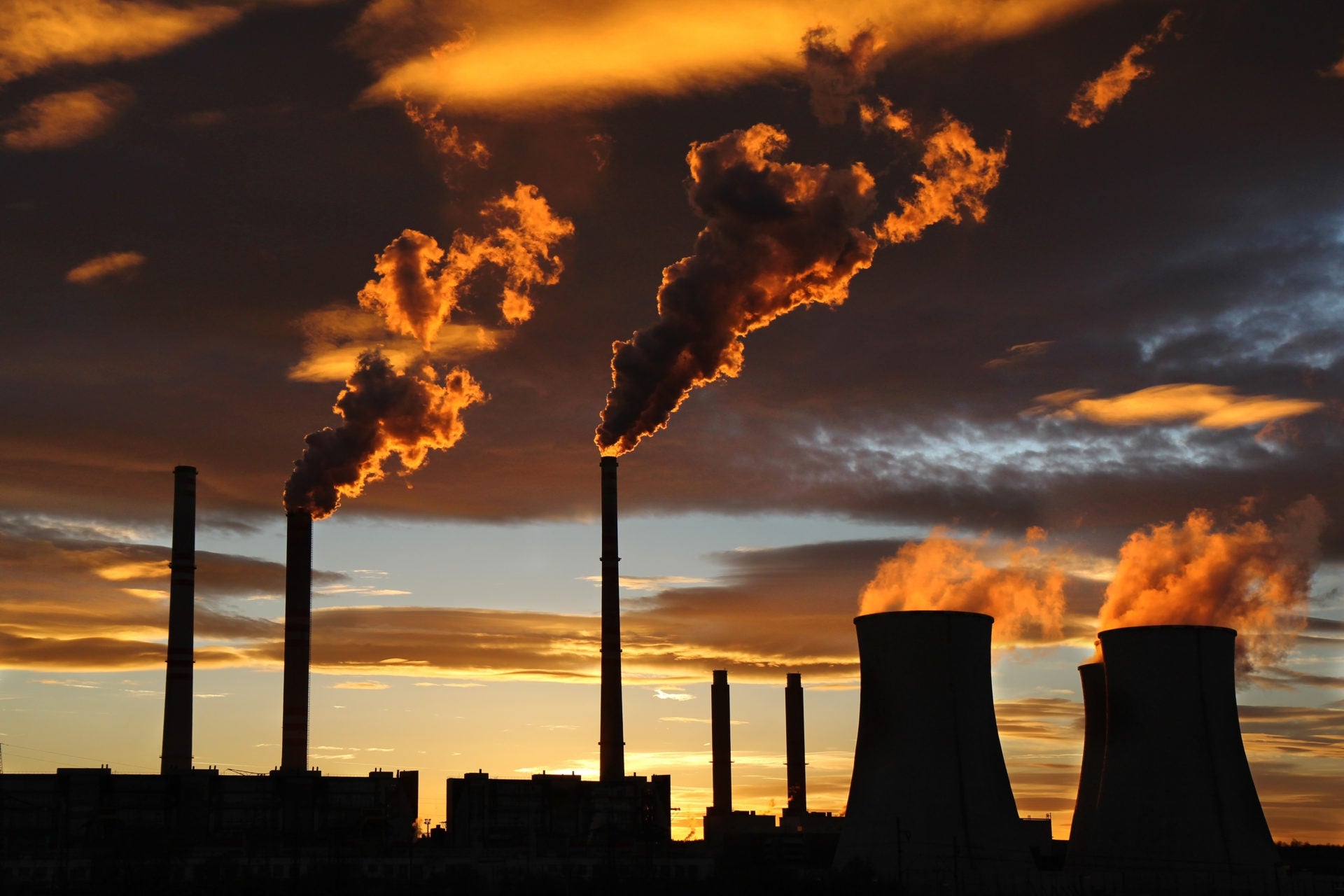
A new study warns how failing to retire existing fossil-fuel burning infrastructure early will result in nations missing their climate goals, which aim to stabilise global mean temperature by 2050.
Researchers from a University of California-led study used detailed data sets of existing fossil-fuel burning infrastructures, such as power plants and boilers, to estimate how much carbon dioxide they would emit before they are currently expected to retire.
Their model forecast that if existing infrastructures continue to operate as usual, ‘committed’ carbon dioxide emissions from them will be around 658 gigatons of CO2 during their operational lifetimes.
To reach this figure, the researchers assumed power plants and industrial boilers will operate for around 40 years. They also assumed that light-duty vehicles will be on the road for around 15 years, although there will be some regional variations.
“We need to reach net-zero carbon dioxide emissions by mid-century to achieve stabilisation of global temperatures as called for in international agreements such as the Paris accords,” said lead author Dan Tong, a UCI postdoctoral scholar in Earth system science.
“But that won’t happen unless we get rid of the long-lasting power plants, boilers, furnaces and vehicles before the end of their useful life and replace them with non-emitting energy technologies.”
The Paris Agreement climate goals
In December 2015, 195 countries signed up to the Paris Agreement, which aims to limit increasing global temperatures to 1.5°C. Warming of 2°C above pre-industrial levels is widely deemed to be the threshold beyond which the most dangerous climate change will occur.
The researchers also found that emissions from new planned electricity generating infrastructure will make up three-quarters of the emissions budget designed to keep global warming below 2°C.
For example the US, which pulled out of the Paris Agreement in 2017, has supplanted old coal power plants with new natural gas plants. Meanwhile, rapid economic and industrial development in countries such as India and China has contributed to an increase in fossil-fuel burning energy during the past decade.
The study, which included researchers from Stanford and Tsinghua universities, as well as non-profit organisation CoalSwarm, also explored how different lifespans for fossil fuel burning infrastructure might affect temperature rises. They found that closing power plants after 25, rather than 40 years of operation, might help to stabilise mean global temperature by 2050.
“No room” for new CO2-emitting infrastructure
Another alternative is retrofitting existing plants with carbon capture technologies, or offsetting fossil-fuel infrastructure with negative emissions, such as the planting of trees.
“Our results show that there’s basically no room for new CO2-emitting infrastructure under the international climate goals,” said co-author Steven Davis, a UCI associate professor of Earth system science.
“Rather, existing fossil fuel-burning power plants and industrial equipment will need to be retired early unless they can be feasibly retrofitted with carbon capture and storage technologies or their emissions are offset by negative emissions.
“Without such radical changes, we fear the aspirations of the Paris Agreement are already at risk.”
The study, published today in the journal Nature, comes just a week after another study found that climate change is set to significantly drive up energy by 2050.
Read more: Global beer shortage a likely impact of climate change, researchers warn






